A $2.1 million University of New South Wales (UNSW) research project will assess how rooftop solar PV and other small-scale DER assets respond to unexpected failures in the National Electricity Market (NEM) and how the assets can be used to bolster power system security.
The three-year project will identify how best to manage the continuing influx of rooftop solar and other DERs, how the assets respond to contingency events such as the loss of a large generator or transmission line and how they can be utilised to protect the NEM from such events in the future.
The Australian Energy Market Operator (AEMO), which along with solar monitoring company Solar Analytics is partnering with the UNSW on the project, identified in its Renewable Integration Study that the high penetration of rooftop solar presents critical challenges to Australia’s power system security.
Renewable energy generation has almost doubled in Australia in the past five years and now accounts for more than one quarter of the nation’s electricity supply.
Data provided by the Clean Energy Council (CEC) shows that Australia’s renewable energy generation rocketed from 14.6% in 2015 to 27.7% in 2020 with much of the increase due to rooftop solar with more than 3 GW of new small-scale capacity added in 2020.
Australia is now leading the world in rooftop solar PV installations, with more than 2.5 million systems across the country but research project lead Naomi Stringer, from the UNSW’s School of Photovoltaic and Renewable Energy Engineering, said there is work to be done to effectively integrate them across the power system.
“How these systems behave when sitting on our rooftops can have material impacts on the broader electricity grid,” she said.
“Unexpected events such as lightning strikes and equipment failures take place every day in the power grid. Very occasionally major disturbances occur, and the ability of the overall power system to ride through and then recover is key.
“Impacts of rooftop solar can be particularly acute during disturbance events when the grid is already strained, posing new risks to power system security.”
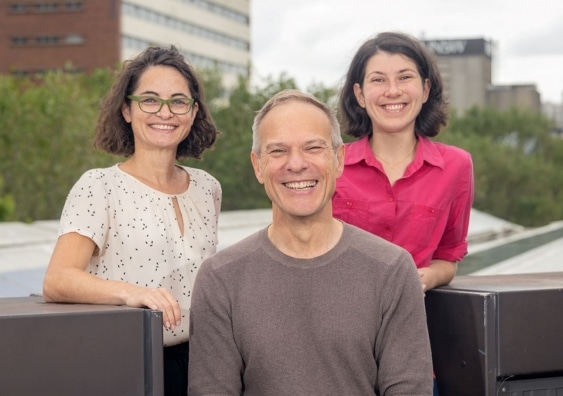
Image: UNSW/Rob Largent
Stringer said there is very little data showing how solar PV behaves during contingency events but said there are opportunities to harness rooftop solar capabilities to help restore power system security.
The aim of the research project is to improve data capture, assess inverter behaviour, inform the development of new standards and set up tools and frameworks for long-term monitoring of solar and DER asset behaviour.
The project findings will be used by AEMO to improve planning and operation of the grid power system. It aims to ensure that conservative measures that might adversely impact PV system owners and the public more generally are avoided.
AEMO chief member services officer Violette Mouchaileh said project partners will collaborate with stakeholders across the industry including inverter and battery manufacturers to investigate novel data streams.
“The findings of this project will help us build the smarter grid we need to operate securely, safely and reliably with much higher levels of distributed generation,” she said.
“It’s making sure we’ve got the tools in place and can support the decisions that consumers are making to invest in these kinds of resources.”
The Australian Renewable Energy Agency (ARENA) announced on Thursday it would provide $981,000 in funding for the project under its Advancing Renewables Program.
“UNSW’s project is an exciting step in developing the vital components for rooftop solar and DER and the benefits they bring to supporting the electricity grid,” ARENA CEO Darren Miller said.
“Integrating renewables into the electricity system is a key priority for ARENA, so the tools being developed throughout the project will help to ensure that Australia’s record-breaking solar installations continue to be of benefit to the grid and in helping with system security.”
This content is protected by copyright and may not be reused. If you want to cooperate with us and would like to reuse some of our content, please contact: editors@pv-magazine.com.
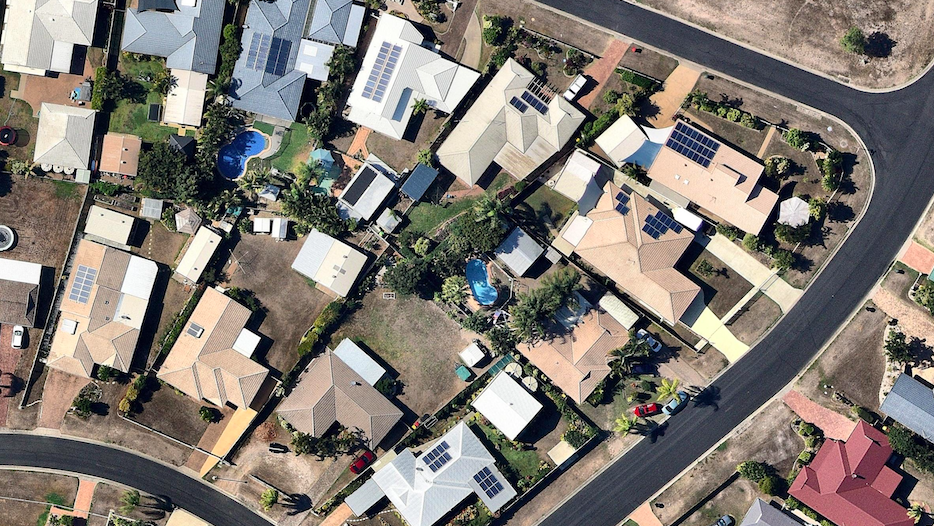
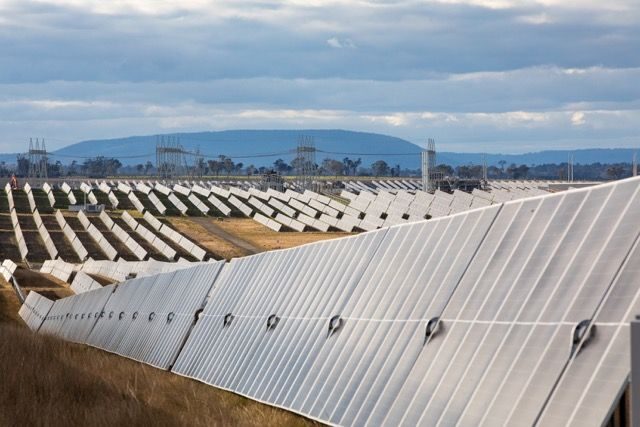


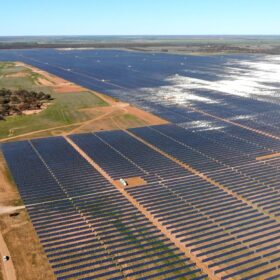
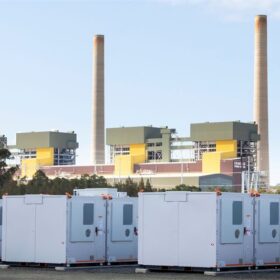
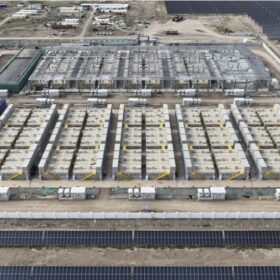
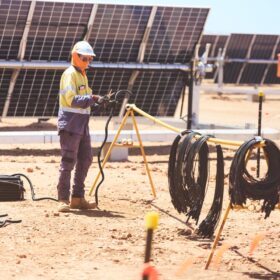
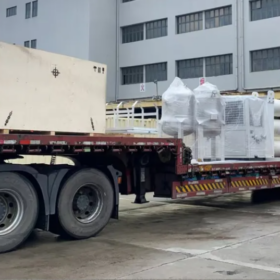
Rooftop Solar Photovoltaic Market By Type (Off-Grid, Grid Connected), By Application (Residential, Non-Residential), Regional Analysis (America, Europe, Asia Pacific, and Middle East & Africa) Growth Opportunity and Industry Forecast 2021-2027